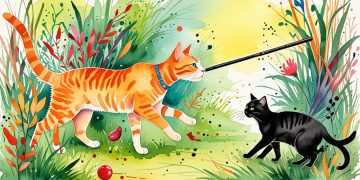Nutrition significantly influences pet behavior, affecting energy levels, training success, and emotional stability. A balanced diet rich in quality proteins, fatty acids, and vitamins can reduce anxiety and aggression, enhancing overall well-being. Understanding the connection between pet nutrition and behavior empowers owners to make informed dietary choices for happier, healthier pets.









